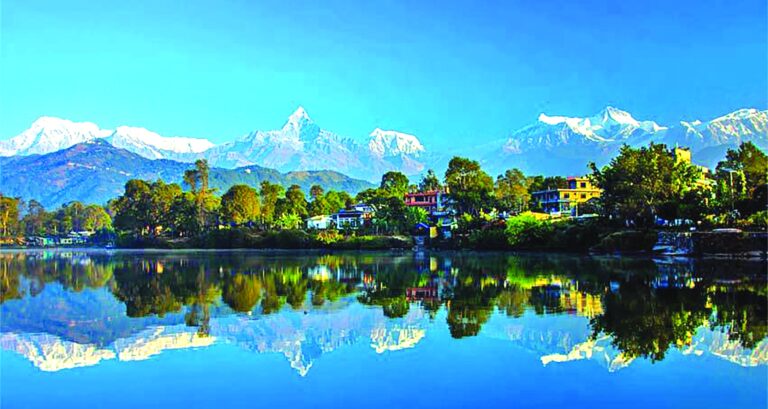
The year 2020 was a devastating one for Nepal’s tourism, as shown by the Economic Survey of 2020/21.
The survey, whose report was made public by the Ministry of Finance on Friday, showed that only 230,085 tourists arrived in the country in 2020. This is a monumental decrease of nearly 81 per cent from 2019.
Similarly, from these foreign visitors, the country earned a revenue of Rs. 24.95 billion which is 70 per cent less than the preceding year.
The Government of Nepal had declared 2020 as the Visit Nepal Year with the objective of attracting two million tourists. But, it had to postpone the campaign in the wake of the COVID-19 pandemic.
The mountaineering sector saw a similar decline with the number of mountaineers scaling Nepal’s peak decreasing by 95 per cent and the royalties decreasing by 98 per cent.
Most of the tourists that came to Nepal last year came from India followed by Myanmar, Thailand, China and the United States of America.
Like in 2019, a majority of the tourists that came to Nepal visited Lumbini. Nevertheless, Lumbini recorded a 74 per cent drop in visitor numbers.
The survey attributes this dismal tourist scenario to the outbreak of the novel coronavirus that began from Wuhan, China, at the end of 2019 and spread across the world in 2020, prompting countries to restrict international travel and public mobility.
Meanwhile, according to the data presented by the survey, there are 142 star hotels and 1,151 non-star hotels, lodges and resorts in the country. Likewise, there are 10 casinos, 3,743 travel agencies, 2,797 trekking agencies, 82 rafting agencies, 84 tourist transport operators and 27 international flight operators.
In the energy sector, under the government’s declaration to mark 2018/19 to 2028/29 as the ‘Energy Decade’, it has been able to expand electricity usage and access. As per the report, 93 per cent of the country’s population had access to electricity as on March 2021. The total electricity connected to the national grid has increased by 4.1 per cent.
The survey also revealed that, of the total 1,458 megawatts of electricity connected to the national grid, 1,299 megawatts was generated from hydroelectricity, 30.14 megawatts from solar energy, 53.4 megawatts from thermal energy, 72 megawatts from the Alternative Energy Promotion Centre and three megawatts from sugar mills through the co-generation method.
Source : THE RISING NEPAL,






